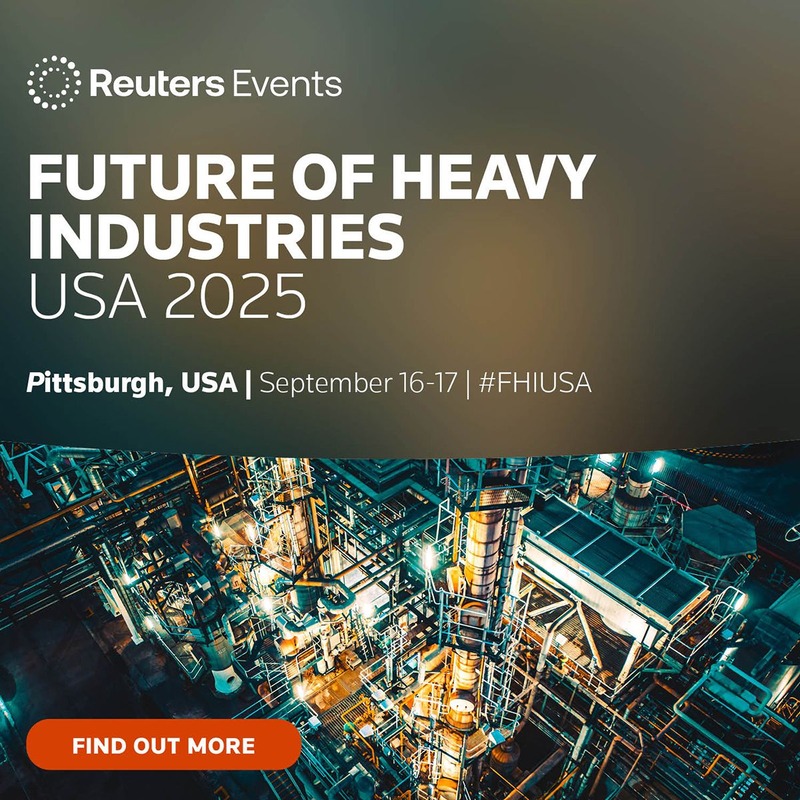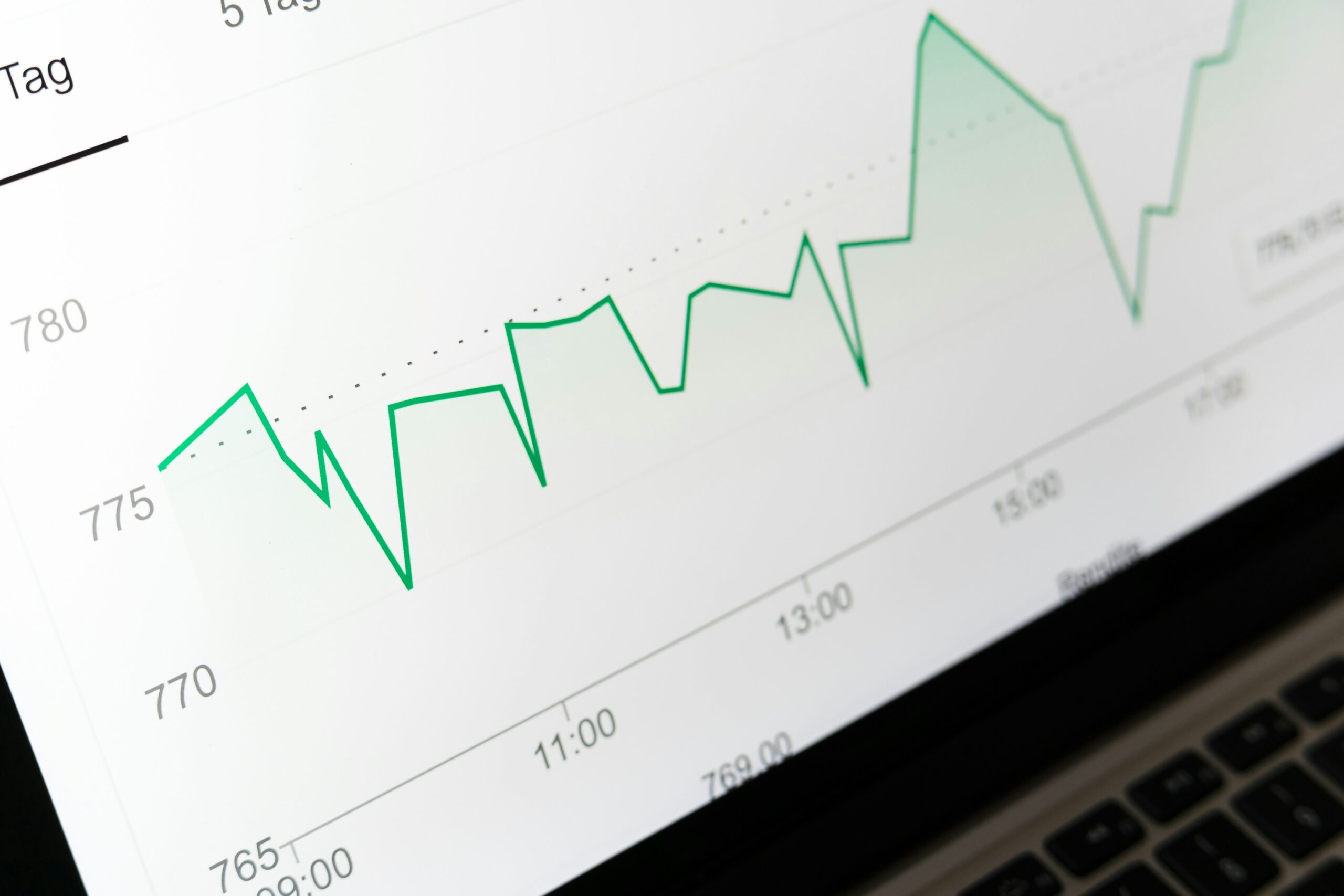Forever chemicals in the soil. Carbon dioxide in the air. Microplastics, well, pretty much everywhere. Humans have done a number on our planet, but a group of environmental remediation companies want to undo the damage.
Environmental Remediation: A Brief Overview
The modern roots of environmental remediation can be traced back to one 1962 book: Rachel Carson’s Silent Spring, which opened the world’s eyes to chemical pollutants and invigorated the environmental movement, especially in the US (which, in turn, led to significant policy shifts, including the creation of the Environmental Protection Agency). Today, environmental remediation is a healthy worldwide industry, with a market estimated to be worth $110.7 billion in 2022. A sizeable group of companies, many already decades in operation, have made billions on cleaning up soil, dealing with waste, and making construction more sustainable.
But it’s not enough. Despite the thriving industry, one-third of Earth’s land was ‘severely degraded’ as of 2017 (made worse by climate change), and microplastics are being found anywhere from Mount Everest to the human brain. This has led to another surge in public concern and sustainability efforts, which is where these remediation companies hope to stake their claims.
Read also: Top 8 Environmental Engineering Companies in 2025

9 Notable Environmental Remediation Companies
1. Allonnia

- Location: US
- Founded: 2019
- Number of employees: 49
- Amount raised (USD): $142 million
- LinkedIn: https://www.linkedin.com/company/allonnia/
Overview: At least 45% of US tap water is contaminated with PFAS, so-called forever chemicals and likely carcinogens. But environmental remediation company Allonnia is on the case. It’s figured out a way to isolate PFAS from contaminated water using foam inside a container-sized box. This system, called SAFF (Surface Active Foam Fractionation), has a 99.9% PFAS removal rate; it’s been installed at 12 US sites as well as 15 in Europe and two in Australia. So far, the technology has decontaminated around 270 million gallons of water.
Allonnia’s second commercial product is a method of injecting a special kind of bacteria into contaminated ground to eliminate 1,4 Dioxane – a chemical adjacent to PFAS that’s found in over 20% of US drinking water – with 99% efficiency. It’s also developed a highly accurate PFAS sensor.
2. Aclarity

- Location: US
- Founded: 2017
- Number of employees: 29
- Amount raised (USD): $20.8 million LinkedIn: https://www.linkedin.com/company/aclaritywater/
Overview: ‘Wherever there’s PFAS, deploy Aclarity,’ reads a slogan on this remediation company’s website. Unlike Allonnia, though, Aclarity uses an electrochemical process to destroy PFAS chemicals at a wide variety of sources, breaking them down into harmless compounds. It packs this system onto trailers that are driven to its customers’ sites – such as landfills – and decontaminates the water right there and then. Aclarity claims that using its technology, its customers decontaminate between 10,000 to 200,000 gallons a day; this environmental remediation company is now working on a new system that can take on 180,000 a day.
3. ecoSPEARS

- Location: US
- Founded: 2017
- Number of employees: 14
- Amount raised (USD): $6 million LinkedIn: https://www.linkedin.com/company/ecospears/
Overview: ecoSPEARS, an environmental remediation company founded by an ex-NASA scientist, wants to make the forever chemical removal process headache- and chemical-free. The company has a few technologies up its sleeve; one of them is its namesake SPEARS, a set of finger-like green tubes that penetrate contaminated sediment and soak up pollutants. Another is its mobile soil-washing unit ecoĀINA, which creates fewer emissions than the traditional method. For water decontamination, ecoSPEARS developed the ecoCUBE, another mobile unit that uses UV to break down chemicals; it’s destroyed 1,4 Dioxene with 99.6% efficiency.
4. Allozymes

- Location: Singapore
- Founded: 2019
- Number of employees: 35
- Amount raised (USD): $23.3 million
- LinkedIn: https://www.linkedin.com/company/allozymes/?originalSubdomain=sg
Overview: Enzymes are at the beating heart of biotech; the tiny proteins are the drivers of chemical reactions and could be used to break down microplastics. But, as Allozymes notes, finding the right one for the job is like searching for a needle in a haystack. Allozymes has now developed a system of sorting through millions in a day – compared to hundreds using traditional methods – by encasing them in droplets and sending them down a pathway where they’re automatically sorted. This environmental remediation company already works with several (mostly secretive) customers; while it often touts the technology’s potential for microplastics, this is not yet financially feasible (as reported by Techcrunch).
5. Epoch Biodesign

- Location: UK
- Founded: 2019
- Number of employees: 30
- Amount raised (USD): $18.5 million
- LinkedIn: https://www.linkedin.com/company/epochbiodesign/?originalSubdomain=uk
Overview: Still, the outlook for the enzymes-for-good business can’t be too dismal considering Epoch raised millions for its idea of using them on plastic. But that’s not all; Epoch wants to employ enzymes not just to destroy the stuff, but turn it into useful chemicals to further cut down on waste. Its ideal client, founder Jacob Nathan told Sifted, would be a company that sends Epoch its plastic waste, then buys back the chemicals produced with it; for example, the company is in talks to break down a textile company’s leftover clothing and turn it into fertilizer for its cotton.
6. Mycocycle

- Location: US
- Founded: 2018
- Number of employees: 16
- Amount raised (USD): $6.95 million
- LinkedIn: https://www.linkedin.com/company/mycocycle/
Overview: It’s not just enzymes that can break down trash, though; Mycocycle is betting on mushrooms to do the job. This environmental remediation company focuses on industrial waste (often from the construction sector), setting its fungi loose on drywall, insulation, and textiles as well as old tires. As they break down the waste, the fungi also absorb or degrade any toxins present. After a few weeks in a bioprocessor, the fungus is killed, and the broken-down materials reprocessed into a lightweight, fire-resistant material that is then used to produce MycoFILL, MycoFIBER, and MycoFOAM, which can replace plastics in insulation and furniture.
7. Novobiom

- Location: Belgium
- Founded: 2017
- Number of employees: 8
- Amount raised (USD): $2.77 million
- LinkedIn: https://www.linkedin.com/company/novobiom/?originalSubdomain=be
Overview: Eating waste isn’t the only way mushrooms can help bioremediation. Novobiom uses them to detoxify soil, a process it calls mycoremediation. This environmental remediation company claims its services are best used for especially stubborn contaminants that can’t be removed by other methods. So far, its treatment works on several polycyclic aromatic hydrocarbons (PAHs: made when burning biofuels), BTEX (often found in gasoline), and some mineral oils; it’s currently figuring out how to get the process to work on heavy metals. Novobiom’s approach is based in biomimicry, an imitation of nature to solve modern problems; it also offers consulting services for this.
8. Funga

- Location: US
- Founded: 2021
- Number of employees: 19
- Amount raised (USD): $5.54 million LinkedIn: https://www.linkedin.com/company/funga-pbc/
Overview: Everyone knows that trees are good for the climate; they absorb CO2 and spit out oxygen. But what is less obvious is that a complex microbiome is needed to ensure the trees get the nutrients they need – and if the microbiome is off, trees will just exhale that CO2 back out. Mycorrhizae, a type of fungus that grows near a tree’s roots, is essential to ‘taking over’ and sequestering a big chunk of the CO2 absorbed by trees.
Funga develops the best mycorrhizae for a given species of plant, then deploys it near young trees. With the microbiome restored, the trees grow larger; they end up capturing more carbon, which Funga sells as credits. The company is focusing on plantations of pine trees commonly used for construction in the US.
9. Carbogenics

- Location: UK
- Founded: 2016
- Number of employees: 9
- Amount raised (USD): $2.15 million LinkedIn: https://www.linkedin.com/company/carbogenics-ltd/
Overview: You’d think paper would be easy to recycle, but a lot of it – like paper cups or towels – is usually sent straight to the incinerator. Carbogenics is an environmental remediation company that uses this (as well as other ‘secondary biomass’) to create CreChar, a type of biochar. Biochar is created when organic material is heated without the presence of oxygen; the result is a carbon-rich powder that can stay in the soil for up to thousands of years without releasing its carbon (according to Carbogenics). The stuff has many uses, including plant fertilization, carbon sequestration, and aiding anaerobic digestion; Carbogenics is marketing its product towards all of them. The remediation company recently opened its first CreChar processing plant in Scotland.
Read also: Top 15 Green Tech Companies & Startups in 2025
Challenges and Opportunities for Environmental Remediation Companies
A report by Allied Market Research finds the environmental remediation market to be booming; it’s predicted to almost double in the next decade, reaching a worth of $218.8 billion by 2032. Key drivers, notes the press release, are better governmental initiatives and greater corporate focus on green practices (which are in turn driven by greater public concern for the climate). The main challenge will be cost, especially that of excavation equipment frequently used by larger soil decontamination efforts; still, the emergence of ‘advanced’ technologies will bring about ‘lucrative opportunities’ for the sector.
But in terms of application, there’s still a long way to go. A recent study showed that a hybrid of different remediation techniques – such as both plants and microorganisms – is the best approach, but much more research into these methods are needed. Meanwhile, chemical pollution, land degradation, and microplastics are all on the rise, often made worse by climate change. So while there’s a clear need for environmental remediation companies’ products, the question as to whether they can make it in time still remains.








